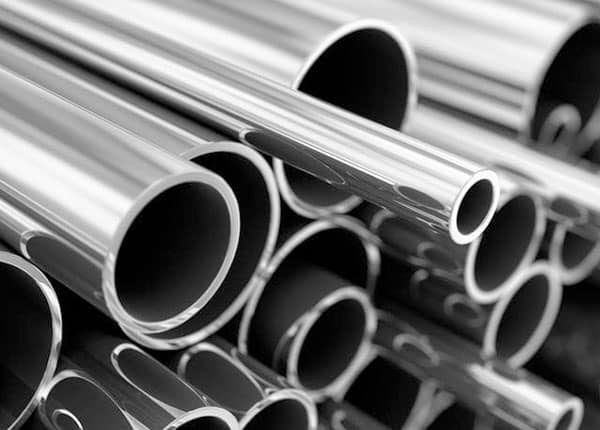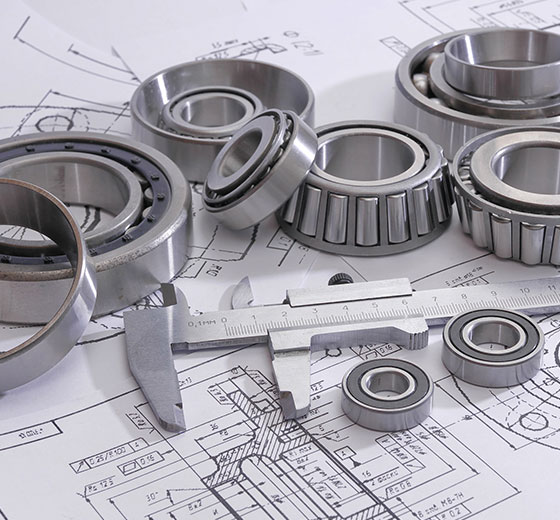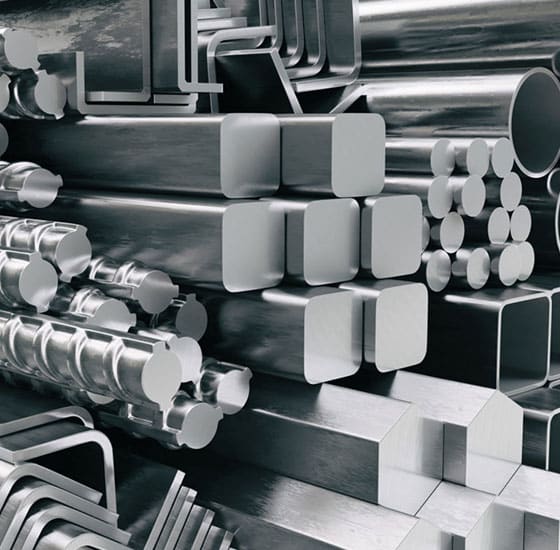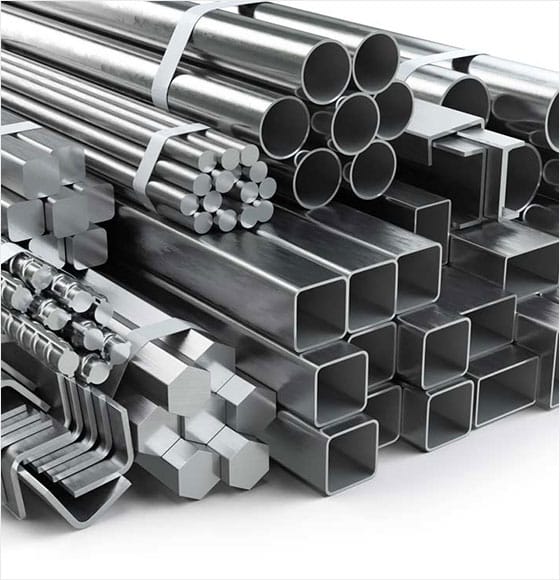Processes
- Polymer Processing
- Injection Molding Insert Molding Blow Molding Over Molding Metal Injection Molding Thermoforming
- Metal Casting
- Die Casting Castings & Forgings Wax Casting Lost Wax Casting Grey Iron Castings Centrifugal Casting Investment Casting Permanent Mold Sand Casting Shell Mold Casting Aluminum Investment Casting Brass Investment Casting Steel Investment Castings Titanium Investment Casting
- Machining
- Milling Turning EDM machining CNC Engraving Hole-making Tap Size Chart Drill Size Chart 5 axis machining Micro Machining CNC Cutting Metal Processes Ceramic Manufacturing Swiss Precision Machining
Materials
Metal products are everywhere in our lives, are materials that have multiple applications! Apart from the obvious purpose for the manufacture of all kinds of tools, objects and machinery, and for the manufacture of a multitude of substances, there are metals that are intended for special uses. All of the familiar products around us are metal-worked, there are no products that do not involve metal processing, such as automobiles, electronic devices, home appliances, smartphones, building materials, ornaments, stationery, and furniture.
In the field of CNC machining and metal processing, it is necessary to use different tools depending on the material, or to think about the machining and producing procedure. The appropriate metal materials should also be selected according to the use of the terminal metal products.However, there are many types of metals, each with different characteristics. It is important to know what the characteristics are, as the metal to be used depends on the application.
In this article, we will introduce you to the main types of metals, their features, and what they are best used for. We think there are many opportunities to choose metal products in our future life, so please refer to them.

What is Metal?
Metal has the property of conducting electricity, shining shiny when polished, and being hard, but bending and stretching when hit with heat. I’m doing it. The element that becomes the element that makes various things on the earth is called “element”. There are about 100 kinds of elements in total, but about three-quarters of them are called “metal elements”, which are the elements that become the element of metal. There are many types of metal!
Main Common Features of Metal
There are various types of metal, and each has its own characteristics. For example, “copper” has the characteristic of conducting electricity better than other metals. That’s why it’s used as a material for electric wires to reach our homes. It was thanks to “copper” that I could live on electricity every day.
In addition, we sometimes mix a metal called “alloy” with a certain metal to make a new kind of metal. Make the metal you need according to what you want to make, such as making it harder or lighter. Metals with more convenient properties are realized by combining metals.
By making the best use of each characteristic of metal, one kind of metal was used as it is, or metal and metal were mixed and used as an alloy.

Main Used Metal Types & Applications
There are innumerable materials used for machine parts and metal products’ manufacture. It is roughly divided into Non-Ferrous Metals and Ferrous Metals.
Steel (Ferrous Metal)
Features: It is inexpensive, has good workability, shows various changes in properties by heat treatment, and is easy to recycle. Steel is an alloy of iron and carbon. Alloy steel is made by attaching various metals to steel, and chrome molybdenum steel and stainless steel are also members of alloy steel. The characteristic of steel is that it is inexpensive and can be processed in various ways such as cutting, shaving, and stretching. Another feature is that the properties change due to heat treatment. On the other hand, it has the disadvantage of causing rust depending on the conditions.
Aluminum (Non-Ferrous Metal)
Features: Low specific density (2.7g / cm3 about 35% of iron). High conductivity and thermal conductivity.Susceptible to seawater, acids and alkalis. A thin oxide film is formed in the air or water to prevent corrosion. It has excellent castability and workability, and can be rolled, drawn, and pressed at room temperature and high temperature.
Copper (Non-Ferrous Metal)
Features: Highly conductive and thermally conductive, diamagnetic. It is malleable, but work hardened. It has better corrosion resistance than iron (it produces patina when there is moisture or carbon dioxide in the air). It is not affected by fresh water, but is vulnerable to seawater. It has a large shrinkage rate and is difficult to cast.

Lead (Non-Ferrous Metal)
Features: It is one of the heavy metals, but it is actually soft and easy to stretch, so it is easy to process. Those mixed with impurities are relatively hard, but otherwise they can be cut with a knife. Also, if you keep touching the air, the surface will become dull. This is evidence that the surface has become rusty, but it serves to protect the interior. Lead is a metal that is easy to bend and easy to use, so it is used for gas pipes and water pipes. Since it is difficult for radiation to pass through, it is also attracting attention as a radiation shielding material.
Titanium (Non-Ferrous Metal)
Features: It is a metal that is strong against external stimuli and has excellent corrosion resistance, despite its light weight. Titanium is twice as strong as iron and three times as strong as aluminum. This is because it has spring characteristics and is easy to bend, so it can absorb shocks well. Titanium is often used as a material for products that require strength. For example, aircraft parts. Titanium is used for cockpit window frames, landing gear, and fuselage because strength is required. Titanium has a great deal of confidence in its strength and is used not only in aircraft but also in military aircraft.
Other Non-Ferrous Metals
Non-ferrous metals, like Nickel, are not often used as pure materials. The ones used industrially are mainly alloys with other metals. Just as the Magnesium Alloys, Nickel Alloys, Zinc Alloys, some non-ferrous metal alloys have unique names such as brass and duralumin.

Only some metals have been introduced here. Since there are many types, we cannot introduce all of them, but it is important to know the characteristics of each because the metal to be used differs depending on the application.